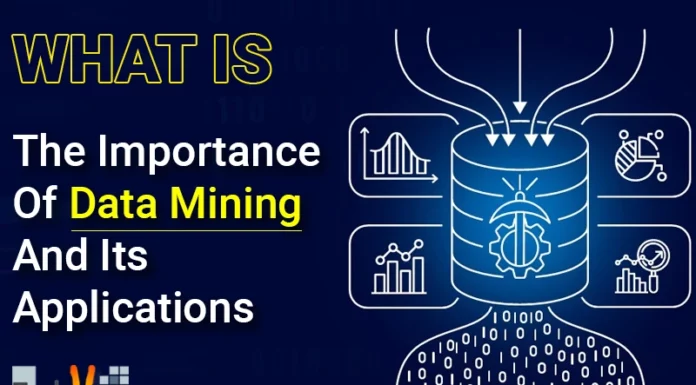Must Know About ODBC & DCOM
ODBC (Open Database Connectivity) is Microsoft’s answers in favor of processing database in a variety of their programming languages. ODBC is a poor optional (non-object oriented) API for processing database. Open Database Connectivity supports the same application interface for processing database management systems (DBMS). Designers aimed to make it a sovereign of database systems, programming language, and OS. There is no Java corresponding to ODBC.
Distributed Component Object Model (DCOM) is a skill for communication between application components circulated across networked machines presented by Microsoft. DCOM is a modification of a COM object. DCOM extends Microsoft’s COM and was called “Network OLE”. Just similar to a COM object, a DCOM object is a group of functions to be able to reprocess by programs. It has been condemned in support of the Microsoft .NET Framework. The DCOM objects and calling programs can be on different computers. DCOM is a proprietary-controlled procedure of Microsoft.
Regardless of the home platform any application is able to use ODBC to query records from a database. ODBC achieved this by using a driver which acts like a conversion layer among the applications and the DBMS which only needs to know ODBC syntax. The driver then can exceed the query to the DBMS in its native pact and return the data in a layout that the application can recognize. ODBC uses various Call Level Interface (CLI) stipulations from the X/Open, SQL Access Group, and the ISO/IEC as its source. Any ODBC-obedient application can accept any DBMS that has a consequent driver. In order to assist easier statements among applications and databases across computing platforms, ODBC supports an API scheme for dealing out both relational and non-relational DBMS.
DCOM’s purpose is to provide the PC wide access controls that have direct access to call activation and launch requests. Many COM applications consist of some security means but of poor settings in earlier versions of Windows, often allowing illegal access to the processes. COM infrastructure consists of the RPCSS; a system service which runs during startup. It manages launch of COM objects and running item table and supports aide services to remote DCOM which exposes RPC interfaces that can be called remotely. That’s why RPCSS can be attacked by spiteful users using remote and illegal computers. In the earlier Windows versions, there was no mode of an overseer to recognize the exposure level of the COM servers. Also there was no way to approach them and observe the settings for a server that integrates security within the application. Wide boundaries DCOM alleviate these three problems. The administrator is also capable of immobilizing incoming DCOM activations, launches, and access calls. At a glance, the methods of DCOM in requisites of the porch are supplementary to COM:
Marshaling is used to serial and desterilize the opinion and reply principles of over-the-wire calling methods.
Distributed trash collection makes sure that the positions seized by the consumers of interfaces are unconfined when the network connection gets interrupted.
Utilization of DCE/RPC are the fundamental RPC mechanisms following DCOM. There are several distinct policies for DCE/RPC concerns such as Marshall, which is dependable for freeing database.


















